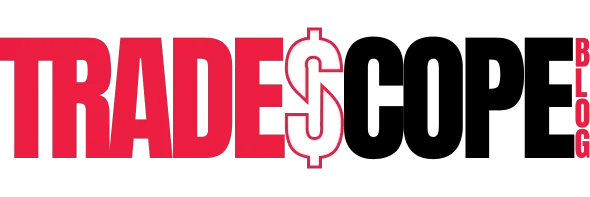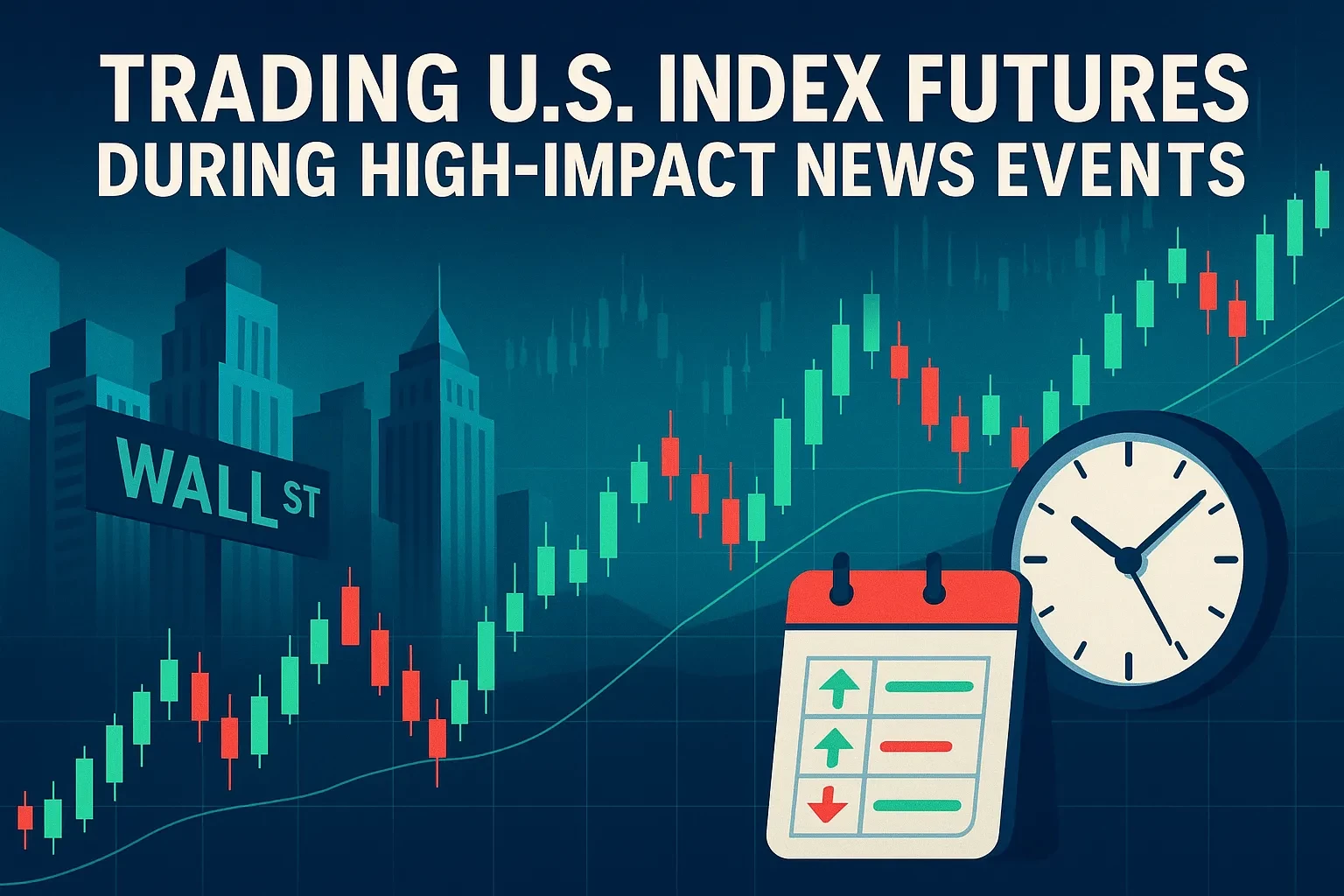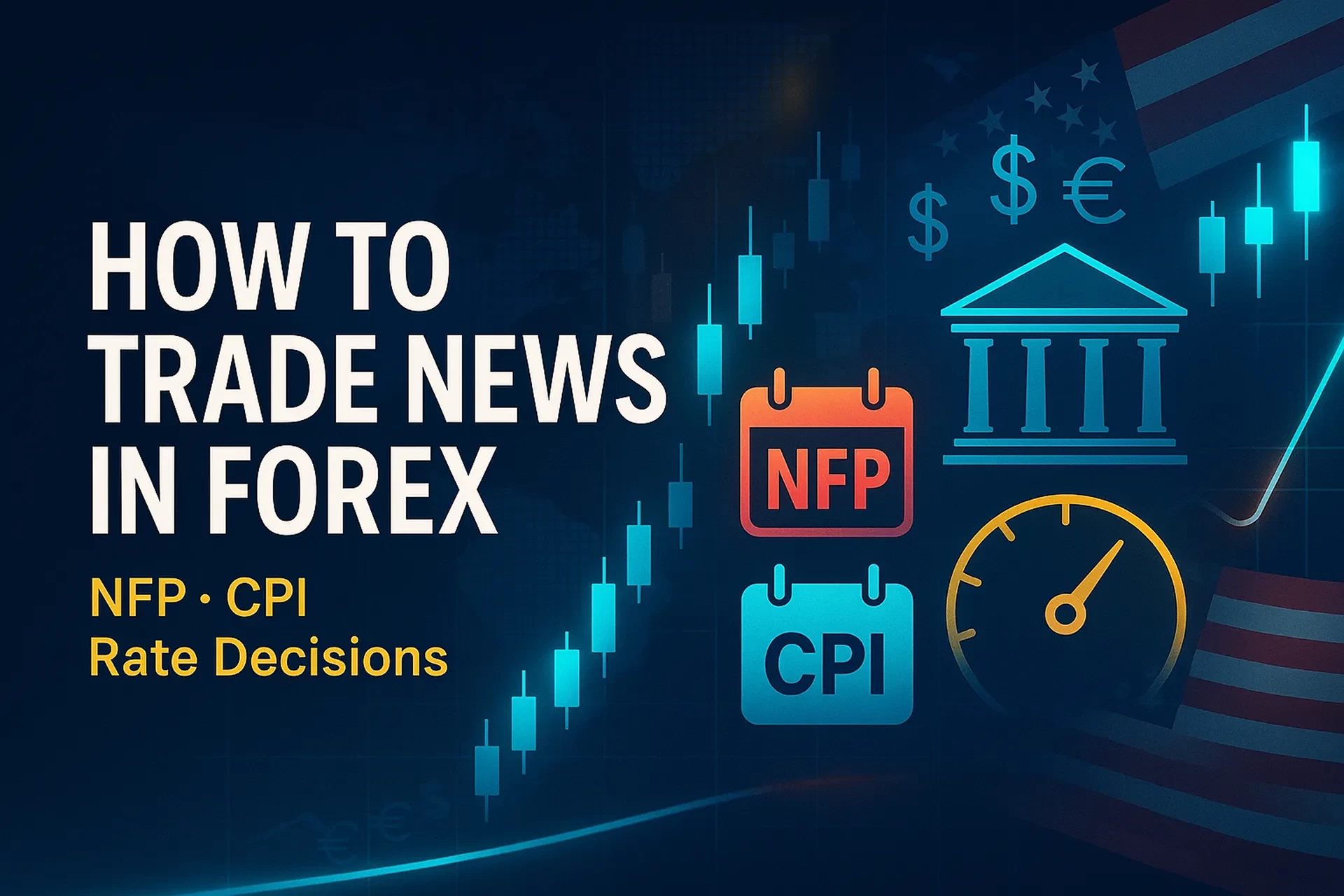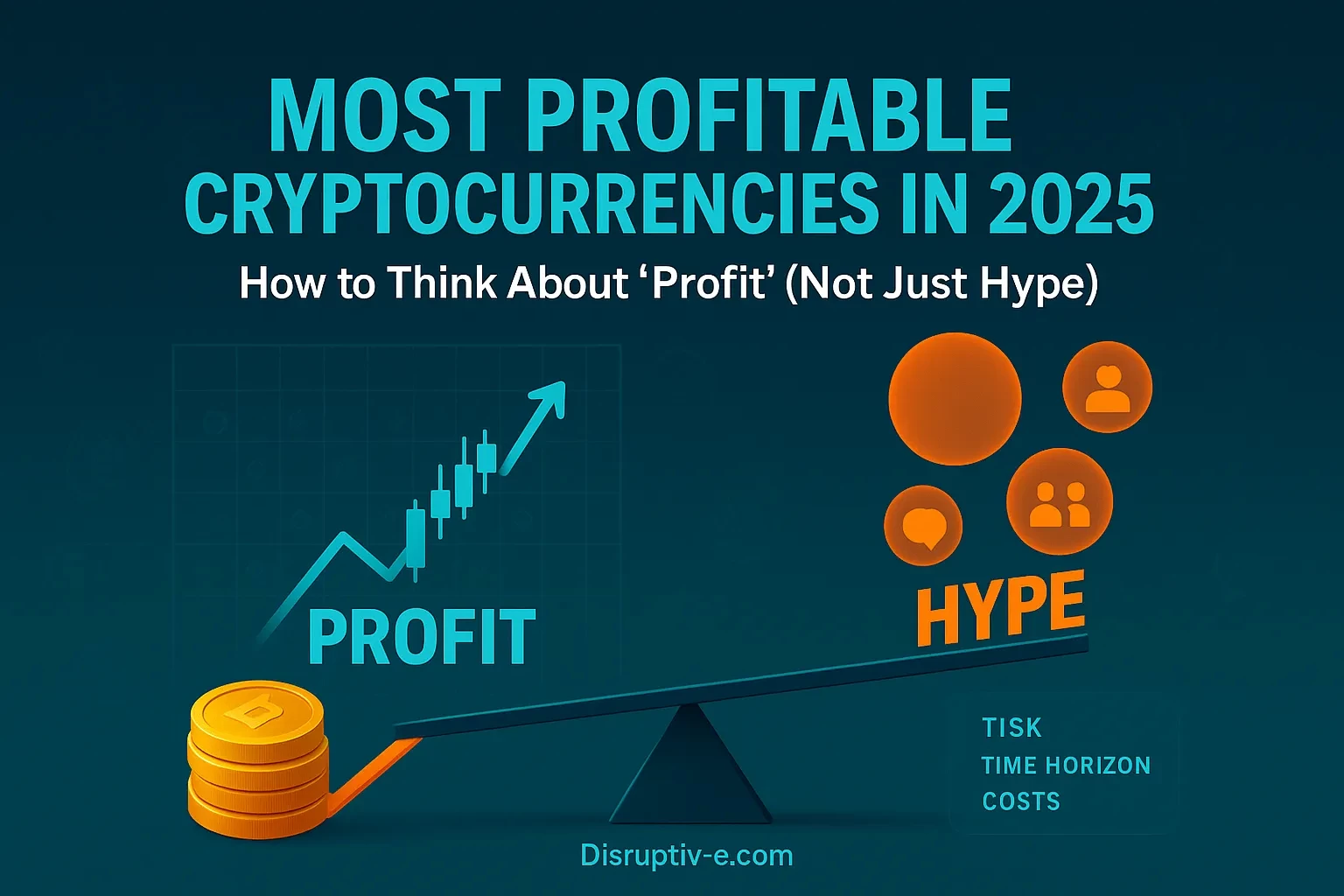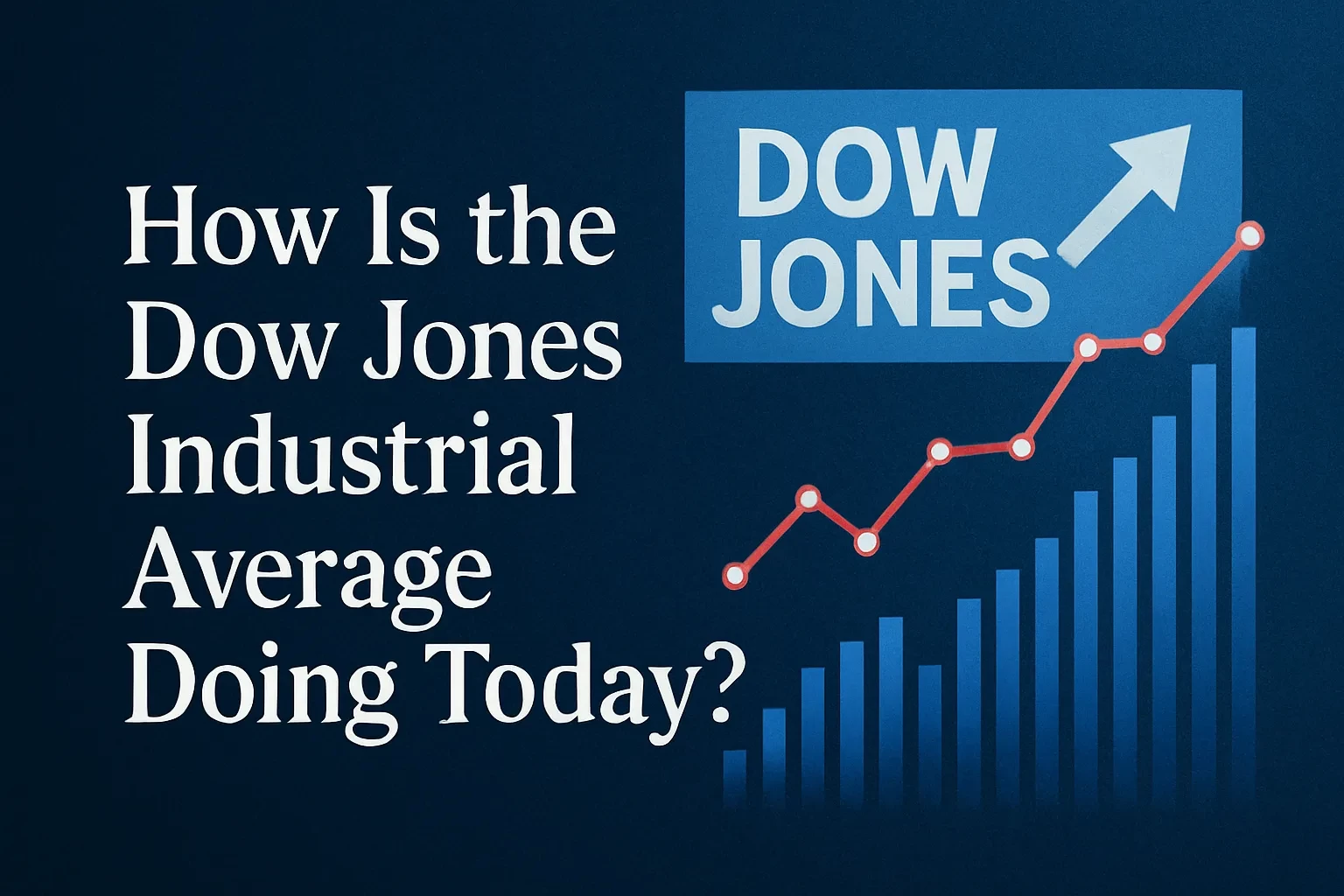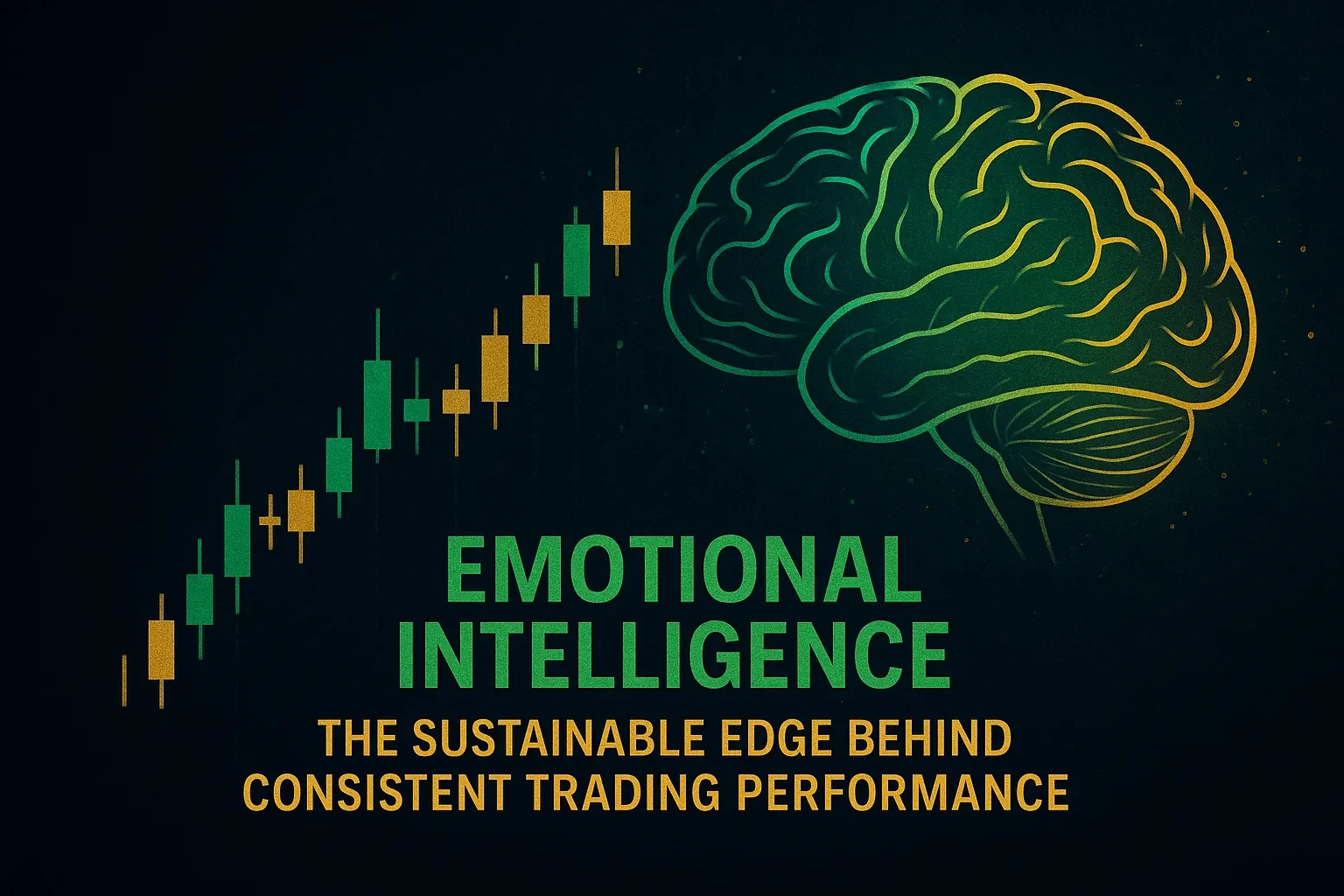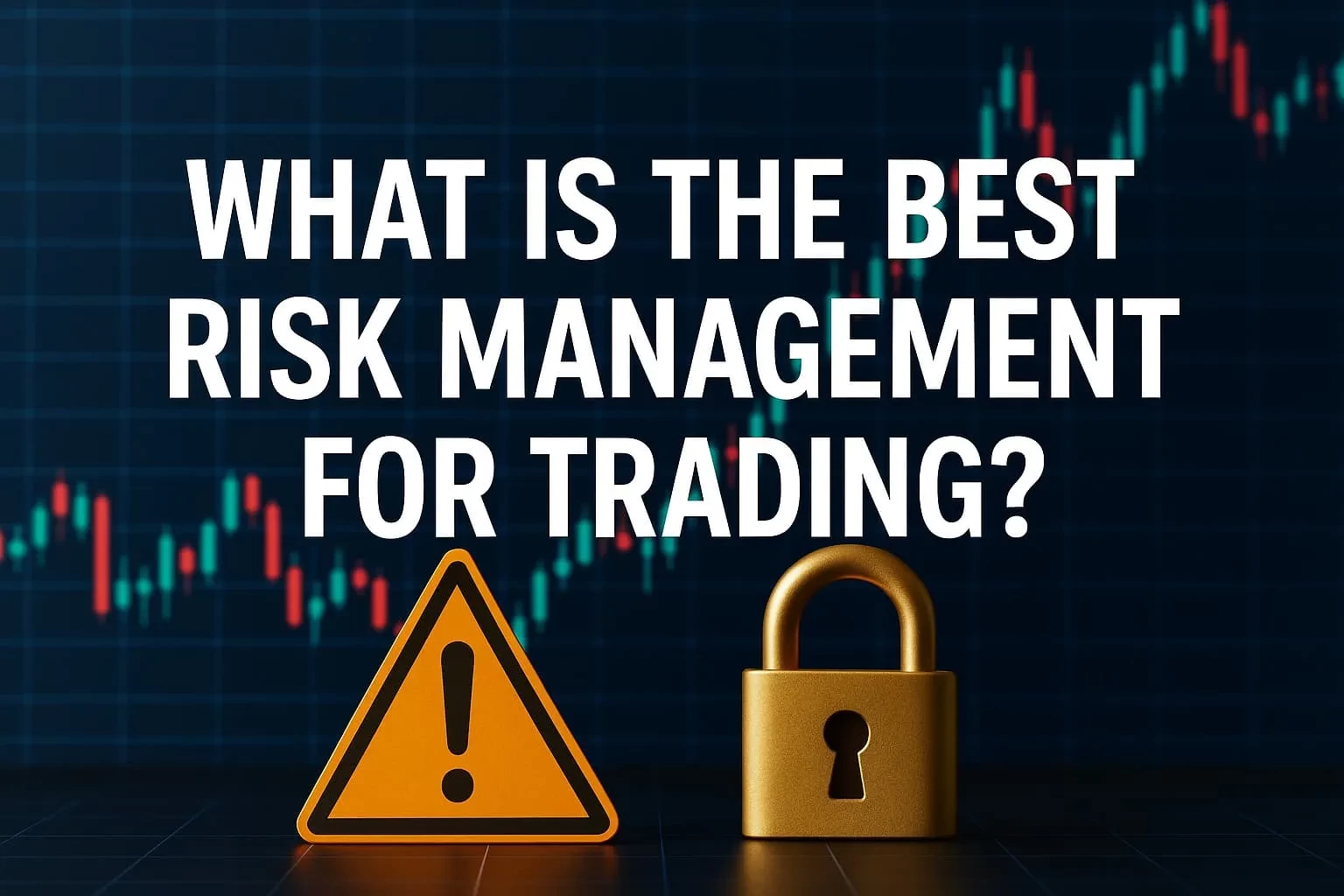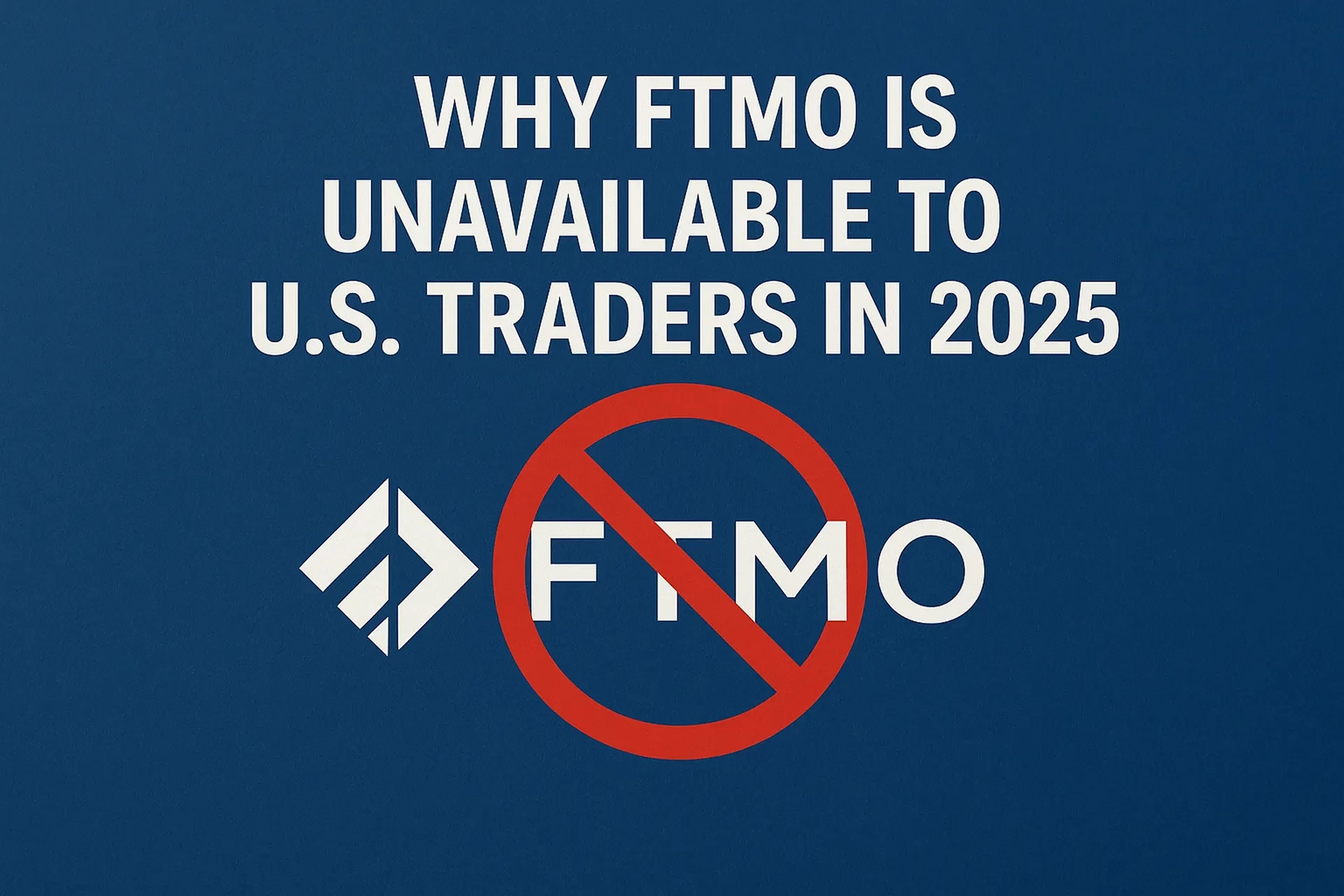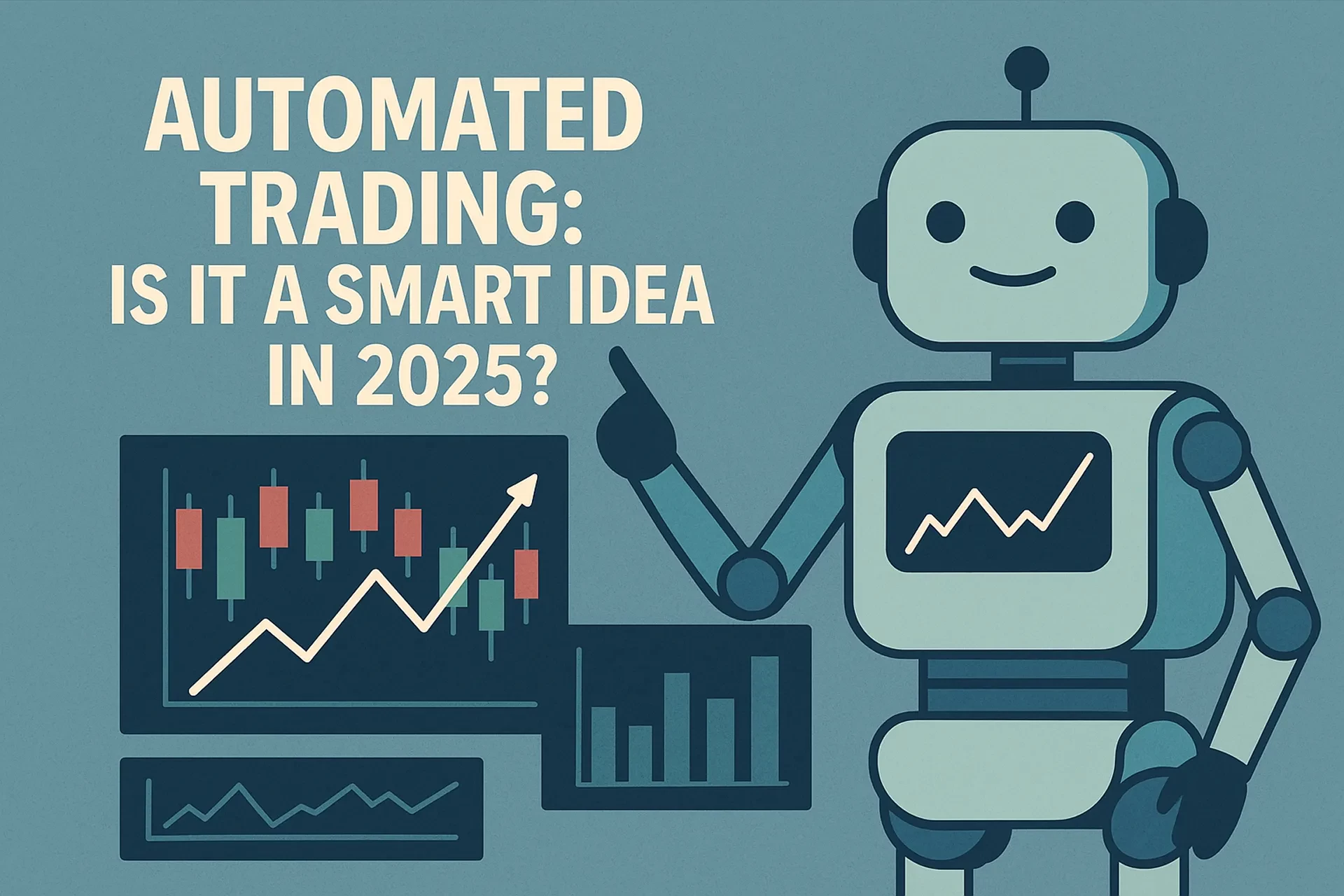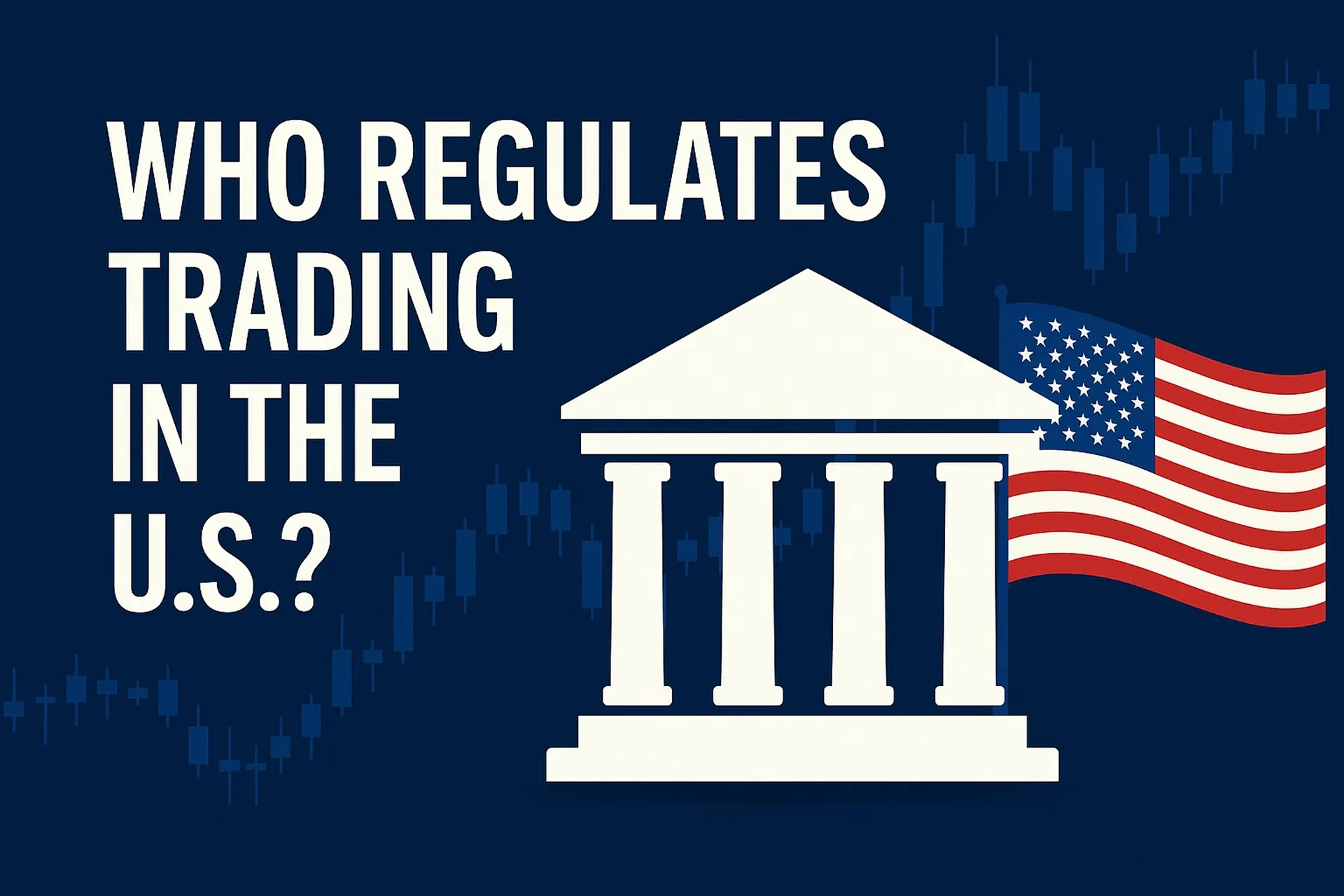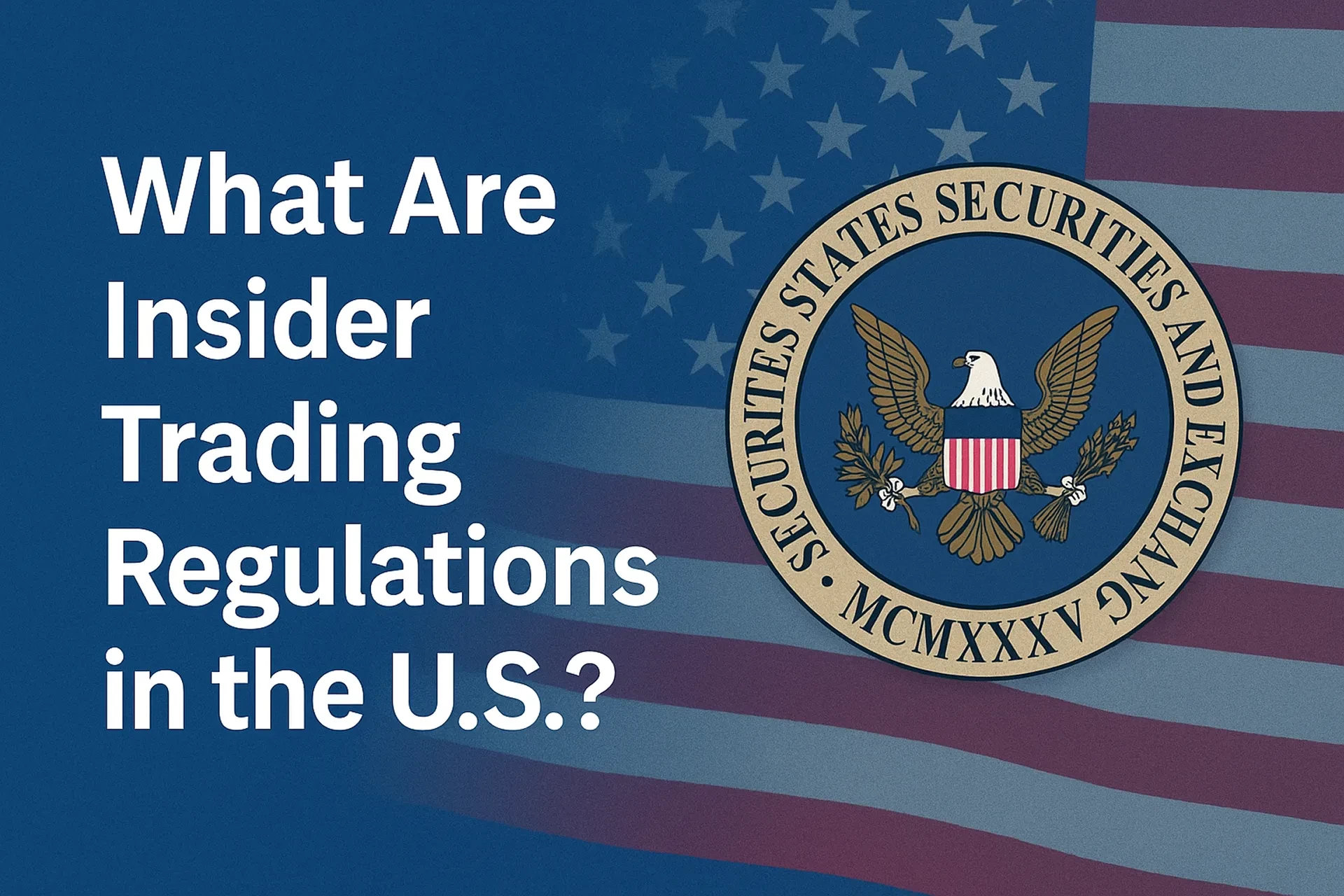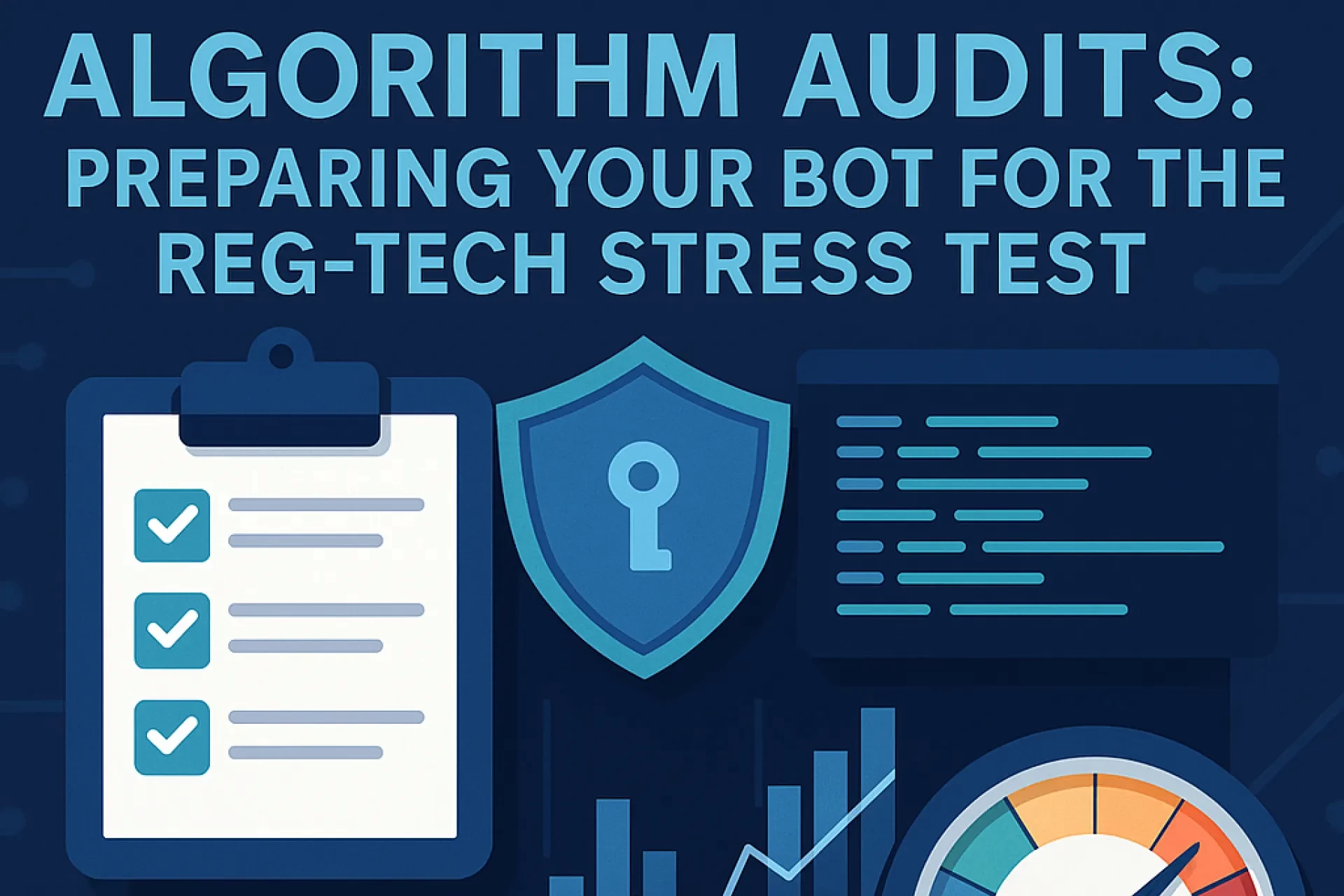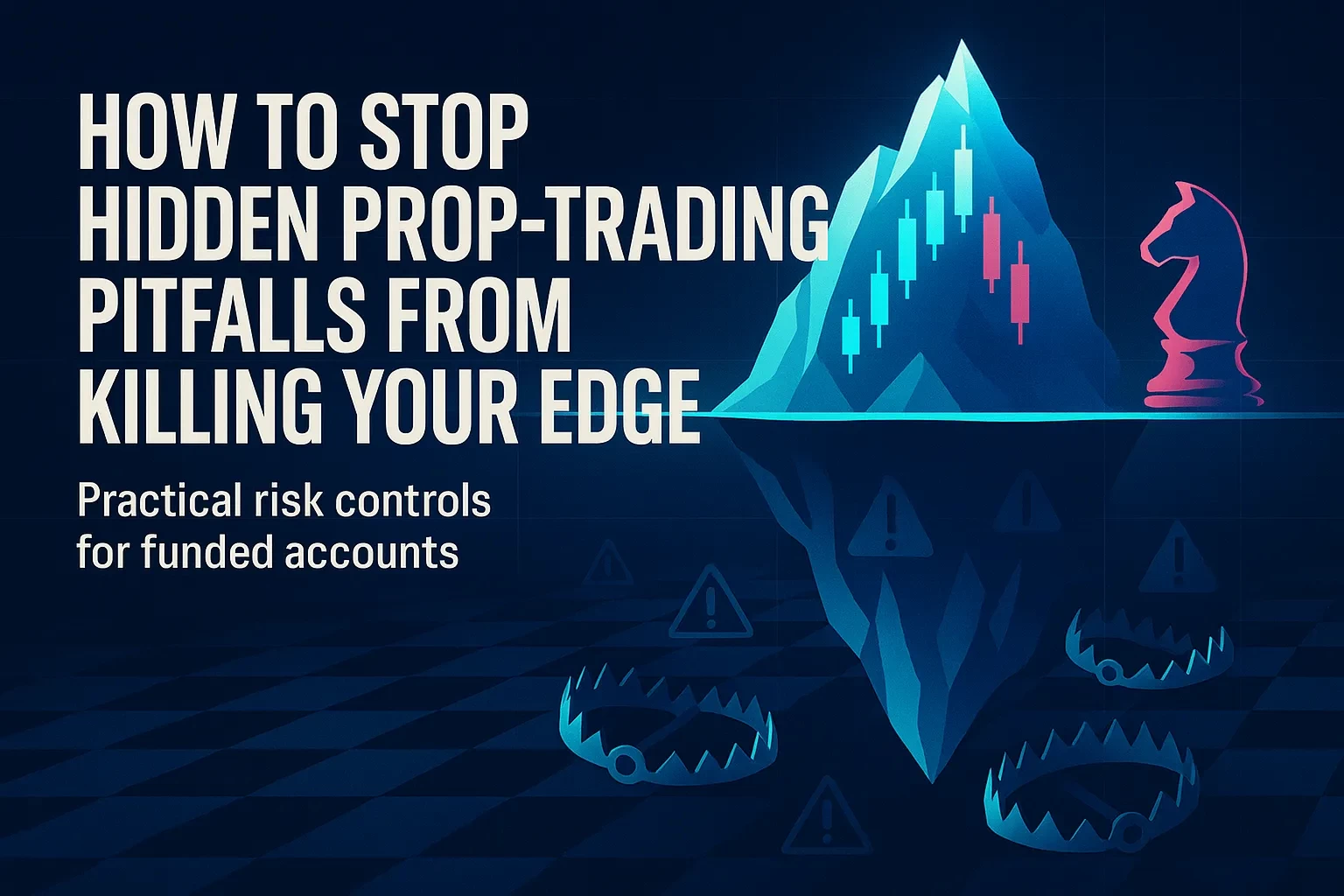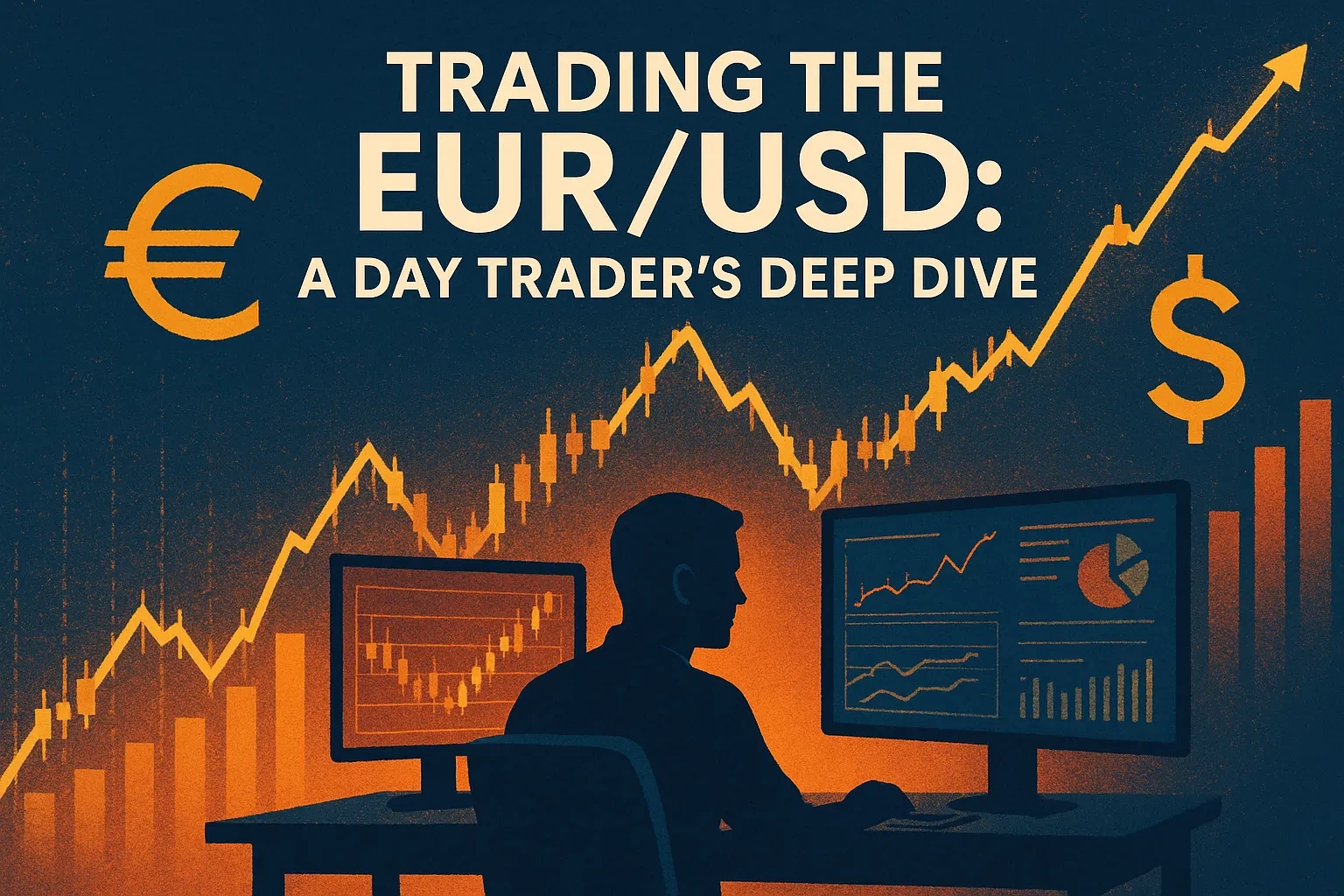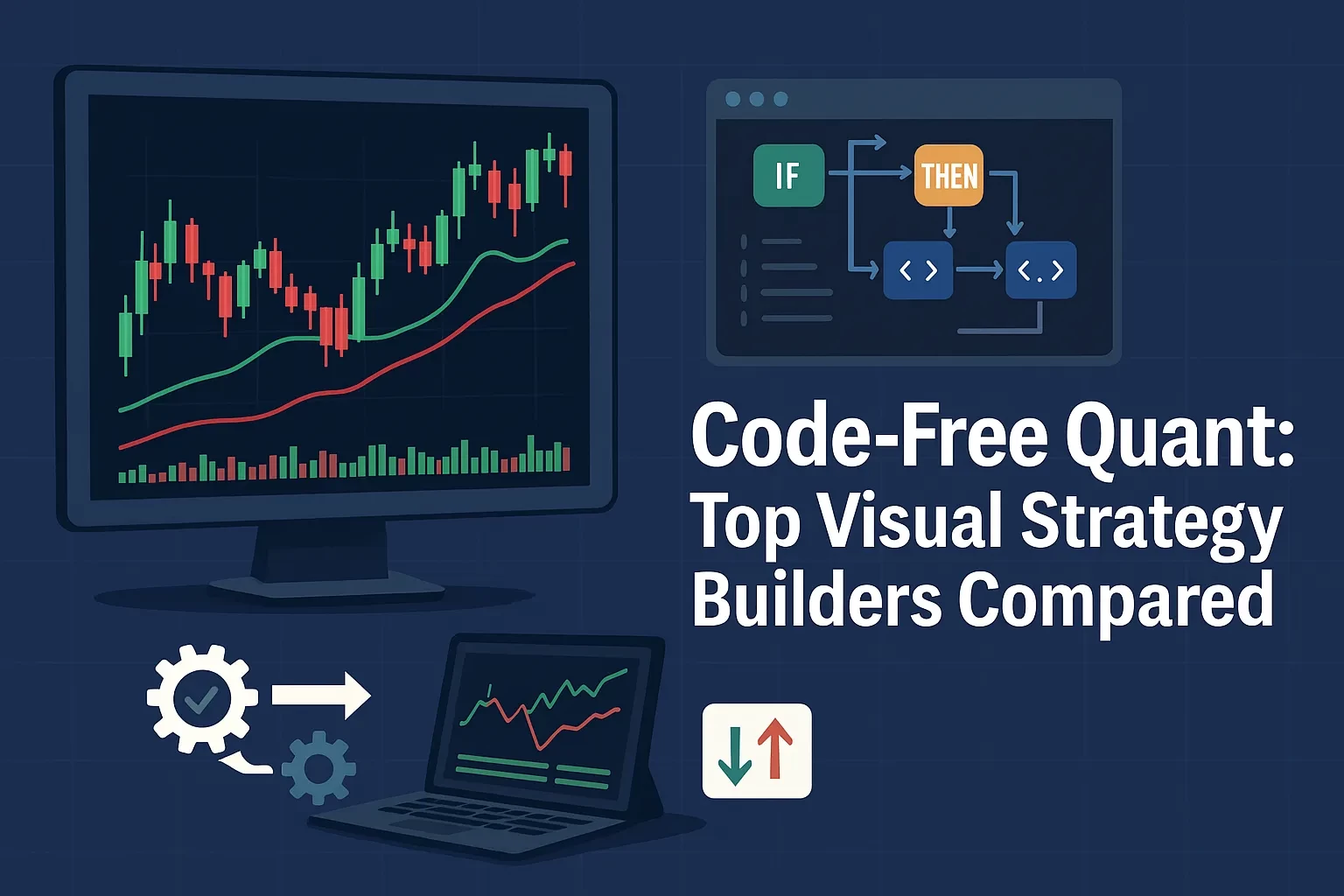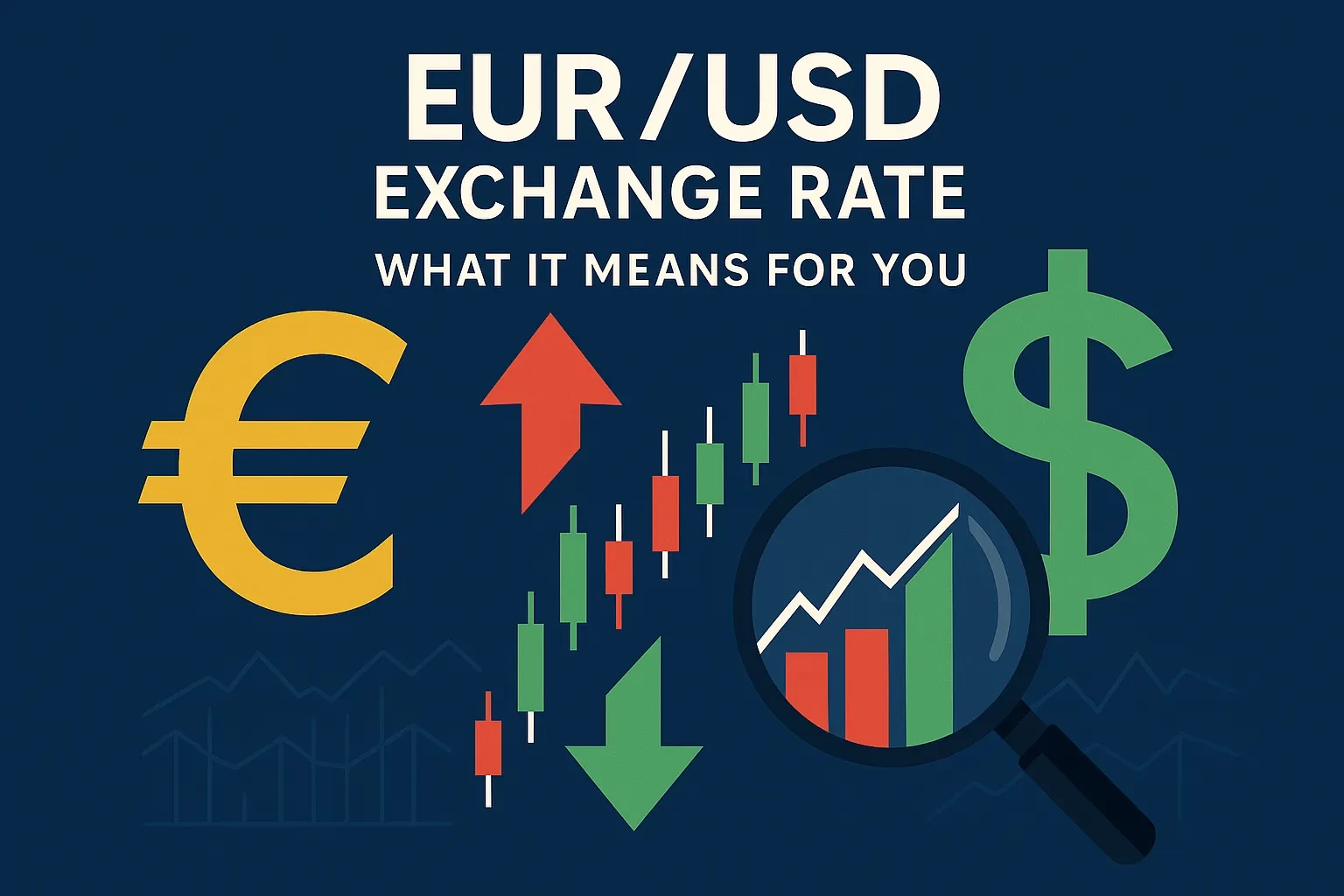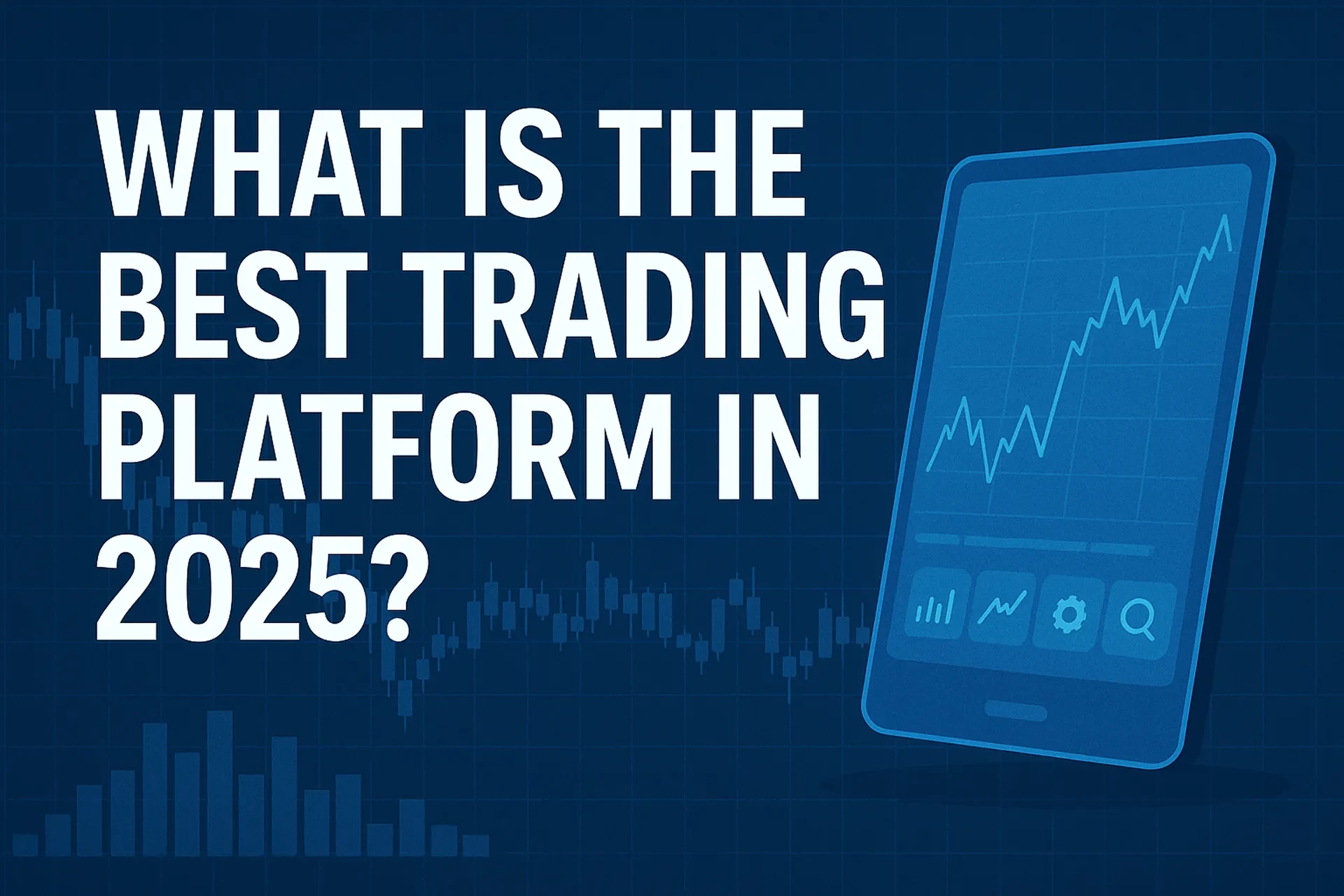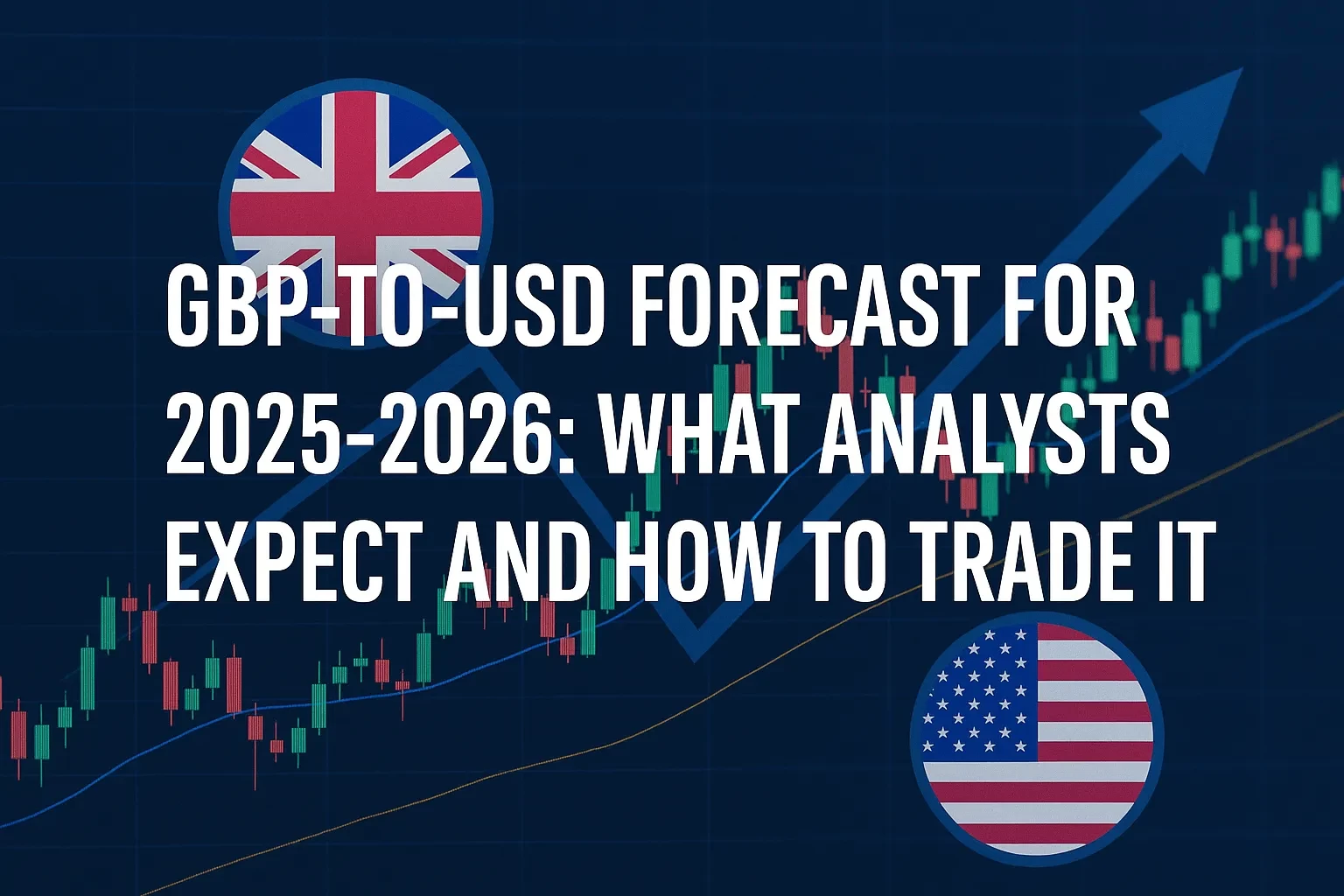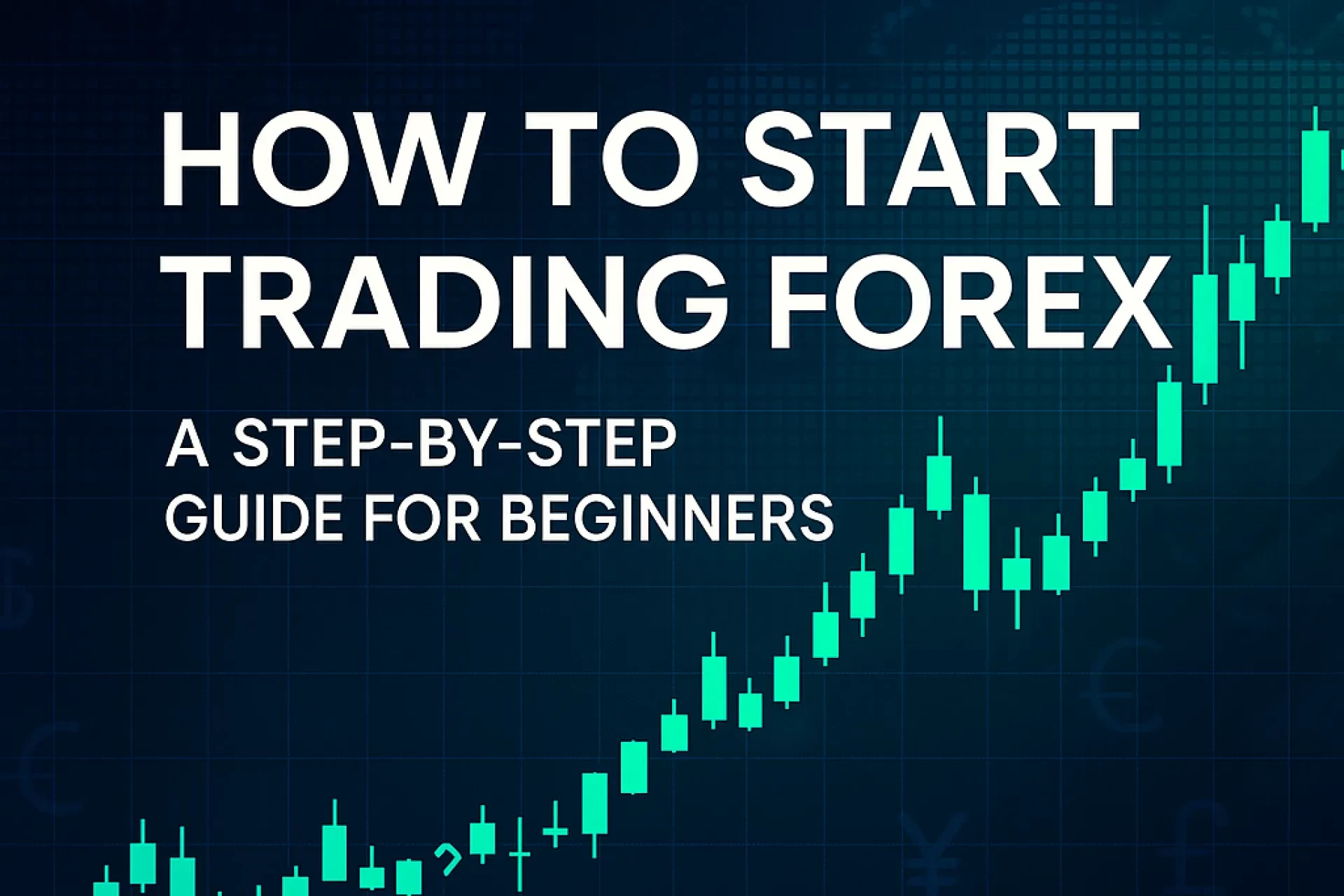Table of Contents
Choosing the right trading platform can be the difference between growing your portfolio and draining it. With tighter regulatory oversight from the SEC and CFTC in 2025, evolving market dynamics, and a surge in mobile-first platforms, U.S. traders have more options—and more confusion—than ever. Whether you’re scalping forex, swing-trading stocks, or deploying algorithmic strategies, the “best” trading platform depends on your style, capital, and goals.
This guide breaks down what actually matters when picking a platform: fees, tools, speed, assets, and compliance. We’ll also explore top-rated platforms in different categories, reveal the most common mistakes traders make when choosing, and offer expert insight on how to pick a platform you’ll stick with—profitably.
What Is a Trading Platform?
A trading platform is the software interface that connects you to financial markets. It allows you to:
• View price quotes and charts
• Place market, limit, and stop orders
• Analyze technical indicators
• Monitor P&L, account metrics, and risk
• Access real-time news and order flow
Most platforms are offered by brokerages (like TD Ameritrade or Interactive Brokers), but some third-party platforms (like TradingView or MetaTrader) integrate across multiple brokers.
What Makes a Great Trading Platform in 2025?
1. Regulatory Compliance
• U.S. traders must use platforms from FINRA- and CFTC-regulated brokers.
• Avoid offshore apps offering 500:1 leverage—these are illegal for U.S. residents.
2. Speed & Stability
• Execution speed under 20 ms is now standard for equities.
• Platforms with cloud-based infrastructure (e.g., TradingView, Thinkorswim) reduce latency during volatility.
3. Asset Access
• Not all platforms offer the same markets.
• Ensure your choice supports your focus:
• Stocks/Options
• Futures
• Forex
• Crypto (legal in limited U.S. settings)
• ETFs and Bonds
4. Order Types & Charting Tools
• Conditional orders (OCO, OTO, trailing stops)
• Custom indicators
• Volume profile, VWAP, footprint charts
5. Commissions & Spreads
• Many platforms offer $0 commissions on U.S. equities—but beware of payment for order flow (PFOF).
• For forex/futures, compare spreads and tick fees.
6. Mobile + Desktop Sync
In 2025, over 68% of retail traders use mobile platforms daily (Statista, 2025). Choose platforms that sync flawlessly between devices.
Top Trading Platforms by Category (2025)
| Platform | Best For | Asset Coverage | Notable Strength | Regulated In U.S.? |
|---|---|---|---|---|
| Thinkorswim by Schwab | Active U.S. equity & options traders | Stocks, options, ETFs, futures | Deep tools, paper trading | ✅ Yes |
| Interactive Brokers (IBKR) | Global multi-asset access | Stocks, FX, futures, bonds, crypto ETNs | Lowest margin rates | ✅ Yes |
| MetaTrader 5 (MT5) | Algorithmic forex traders | Forex, CFDs, some futures | Custom indicators, auto trading | ✅ Only via registered brokers |
| TradingView | Charting + social analysis | Stocks, crypto, forex, indices | Cross-broker integration | ✅ (API-based routing) |
| Tastytrade | Derivatives-focused traders | Options, futures, smalls | Fast fills, mobile UI | ✅ Yes |
| TradeStation | Systematic equity/futures traders | Stocks, options, futures, crypto | Rule-based backtesting | ✅ Yes |
Note: Platforms offering crypto must adhere to 2025 FinCEN guidelines and SEC oversight under digital asset pilot programs.
How to Choose the Best Platform for You
Step 1: Define Your Trading Style
• Day trader? Prioritize execution speed, low latency, depth of book
• Swing trader? Look for robust charting and alerts
• Options/futures trader? Choose platforms with Greeks, volatility cone, and margin calculators
Step 2: Match Platform to Instruments
• Want to trade forex majors? → MT5 or IBKR
• Options spreads? → Thinkorswim or Tastytrade
• Crypto futures? → TradeStation (BTC futures), not Coinbase (spot only)
Step 3: Test the UX & Speed
• Use the demo or paper account first:
• Check order routing speed
• Monitor freeze/crash rate during high-volatility windows
• Evaluate ease of placing conditional orders
Step 4: Evaluate Fees Based on Strategy
• High-frequency? → Low spreads > $0 commissions
• Infrequent swing trades? → Tools and charting matter more
• Futures? → Compare exchange fees + routing
Step 5: Check Regulator Status
• Verify broker status on:
• NFA BASIC database
• FINRA BrokerCheck
• CFTC Registrants List
Pros & Cons of Popular Trading Platforms
Thinkorswim
✔ Best-in-class charting and options modeling
✘ Interface can be overwhelming for beginners
Interactive Brokers
✔ Global access, tight spreads
✘ Steeper learning curve
TradingView
✔ Cloud-based, social analysis, multi-broker routing
✘ Trade execution depends on connected broker
MT5
✔ Powerful auto-trading tools
✘ Not available to U.S. residents without broker integration
Case Study: Matching Platform to Strategy
Trader: Paul, 35, trades equity options using earnings volatility setups.
Needs:
• High-speed execution
• Option chain with Greeks
• Volatility analysis tools
Platform Tested:
• Thinkorswim (✔ fits all needs, strong earnings calendar integration)
• Robinhood (✘ lacks volatility modeling and complex order types)
• Interactive Brokers (✔ powerful, but UI less intuitive for options chains)
Outcome:
Paul selects Thinkorswim for its depth and stability, even though it has a steeper learning curve.
Common Mistakes When Choosing a Trading Platform
| Mistake | Solution |
|---|---|
| Chasing “zero commission” without reading spreads | Compare effective cost per trade |
| Using offshore broker with no U.S. oversight | Verify CFTC/FINRA status before funding |
| Ignoring platform outages in volatile times | Read broker incident logs and reviews |
| Overlooking tax reporting tools | Choose platforms that auto-integrate with TurboTax or similar |
Pro Tip: Look for platforms with real-time margin alerts, especially if you trade with leverage. In 2025, exchanges can hike margin intra-day during CPI/FOMC events.
FAQs
Conclusion: The Best Trading Platform Is the One That Fits You
There’s no universal “best trading platform”—only the best one for your capital, instruments, and execution style. Don’t chase app hype or low fees alone. Instead, focus on reliability, tools, access, and regulatory security. Test a few platforms using demos or small trades. Then double down on the one that helps you stay focused, execute cleanly, and grow your edge over time.
